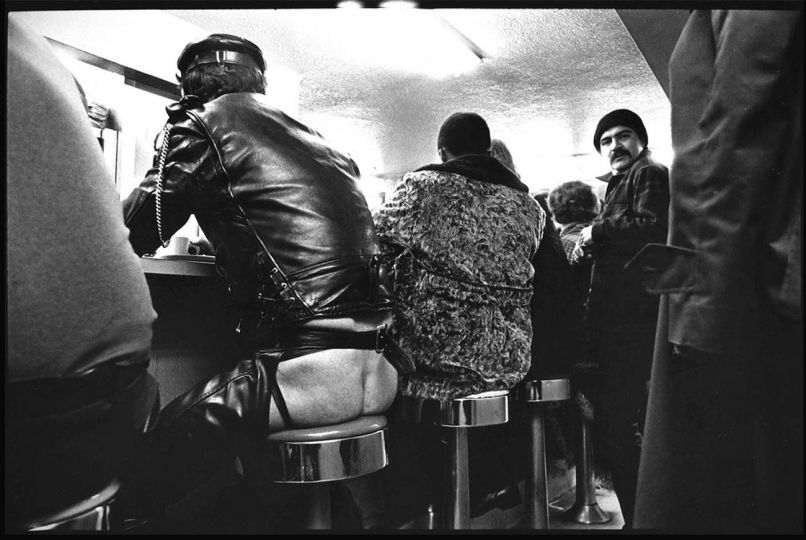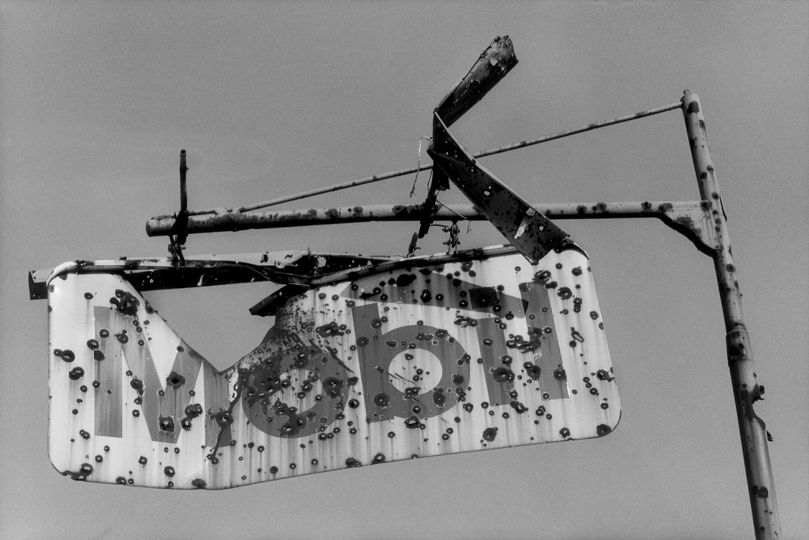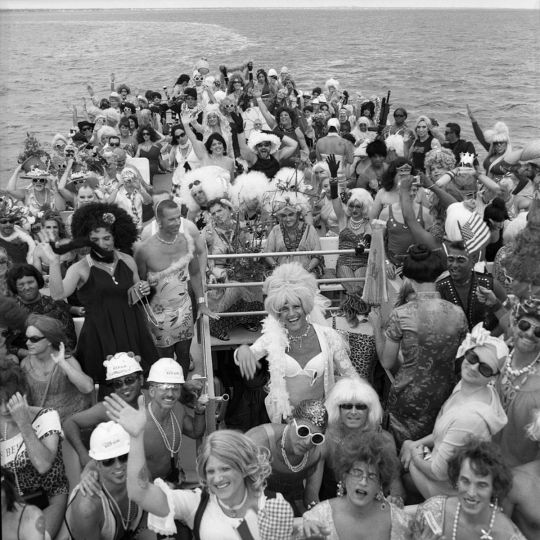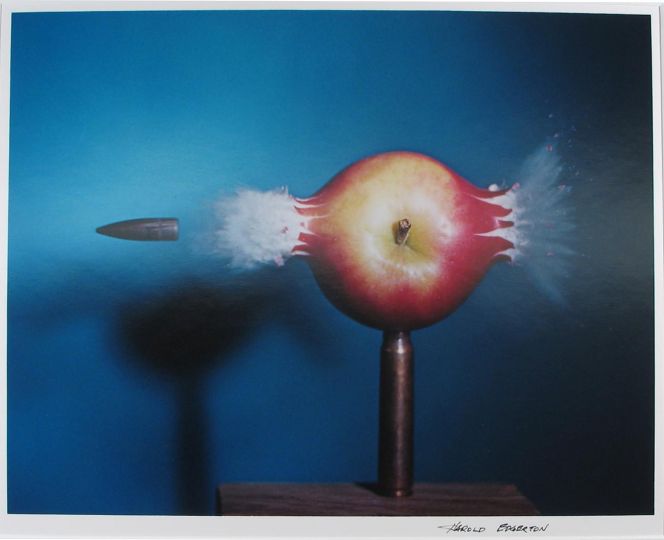I have done this report in Kibera (the most populated slum of Nairobi, in Kenya) in July 2009. It was my first time on the African continent, so I had a lot of prejudices that Westerners and Europeans usually have. I had well planned my report, around four months before leaving. That’s how I passed three weeks in Kibera, staying with the locals in order to make my own opinion about their difficulties (social, hygienic, ethnic, cultural…).
Anyway, my prejudices shattered. Before my departure, thanks to the persons with whom I had some exchanges by e-mails or phone calls, I would have focused myself on the relationships between the different ethnic groups, that were the cause of the riots after the elections of December 2007 and January 2008. But, since my first step in Kibera, and throughout my report, I was shocked, at first, by the extent of that place where more than one million of people are living on 4km². Then, by all the problems, that are both causes and consequences, like the educational system, the ethic rivalries, finding food, finding somewhere to live, the importance of the local and religious beliefs… It’s a big picture in order to show the interaction between the different problems and their extents. Take a particular problem, like the lack of food because of the overpopulation, is not enough pertinent for me. We can find that difficulty in other places all around the world. But, it is the interaction of the problems -through the stories of regular Kibera people and their function- between them that permit people to make their own opinion to understand better a very particular context. Regarding the choice of black and white, I haven’t made it because of nostalgia or to take pictures in the manner of some photographers. I have noticed that when the photograph is in colour, we usually stay on the colours themselves, the sky is too blue, the green is not bright enough for example. For me, eliminating this problem was a way to draw people’s attention to the subject and to bring a stronger aesthetic and plastic appearance to my work.
Resume of the memory :
Kibera is the most populated slum of Nairobi, in Kenya. In that place; more than one million of people are living on 4km² and all the problems are both causes and consequences. It’s a big picture in order to show the interaction between the different problems. Take a particular one is not enough pertinent for me. We can find that difficulty in other places all around the world. But, it is the interaction of the problems between them that permit to understand better a very particular context.
I was born on Febuary 24th 1987 in Annecy, France. I discovered photography in history books when I was a teenager. I saw uncredited shots by Capa, Burrows, Ut… I remember my astonishment when I learned that being a witness to historical events like this could be a profession, and that these pictures were not just souvenir photos taken by the protagonists.
I started taking photos while I was studying graphic art in Paris.
From a hobby it became such a passion that I was hardly able to continue my studies. Finally i was accepted by a school of photography (Centre of Vocational Education in Vevey, a.k.a CEPV), where i developped solid technical skills and reinforced my taste for reportage at the same time as I was developing an interest in documentary photography. During these two years I did my first serious project in Kibera. It was the first time i had been to Africa, so I had a lot of the prejudices that Westerners usually have. I had planned the project well, for about four months before leaving. So i was able to spend three full weeks in Kibera in order to making up my own mind about the social, hygienic, ethnic, and cultural difficulties i encountered. Anyway, my prejudices were shattered. From the time i took my very first picture right up to the end of the project, I realized that I could not deal with the different aspects of the subject separatly, because they were the causes and the consequences of the context, constently influencing one another. To cut a long story short, having seen the Eiffel Tower does not mean you know Paris. I continued to developed this approach in the following years, at the same school, in the course Advanced Training in Photogaphy. Except for a little less focused artistic work, this approach has been omnipresent in my photography.
Jeremy Saint-Peyre
















